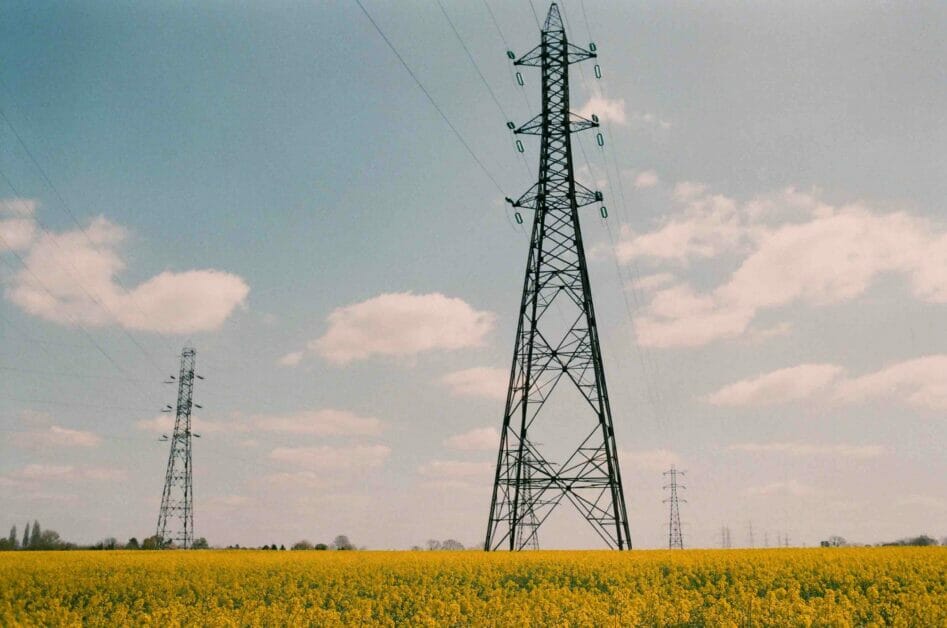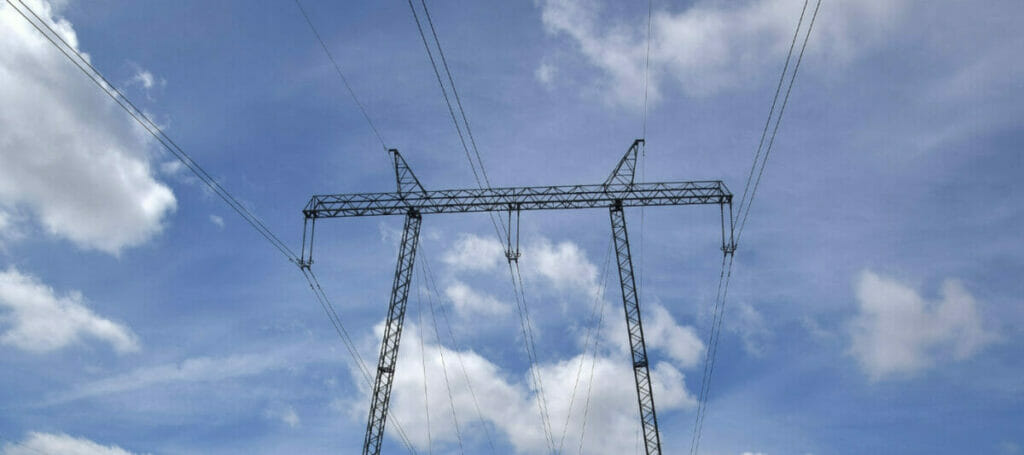What is a Guy Wire? (Purpose, Uses, Examples)

Imagine looking at a towering radio mast, tall as the sky, or an electricity pylon carrying power across big distances. Ever wondered what keeps these tall, lanky structures sturdy in the face of howling winds?
Welcome to the world of guy wires. These are long, tensioned cables designed to add stability to free-standing structures. They’re a marvelous blend of simple physics and robust engineering, serving as unseen heroes holding up our urban landscapes.
Let’s dive deeper to discover more interesting facts about guy wires!
Basics of a Guy Wire

Imagine a thin yet strong rope stretched taut from a tall object to the ground. This rope’s job is to keep that tall object – a flagpole or a radio tower – standing straight.
Even when strong winds blow, trying to push the object over, this rope stops that. In construction and engineering, this strong, stretched rope is known as a ‘guy wire.’
In simple terms, a guy wire is like a super strong leash for tall and upright structures. It pulls them in the opposite direction from forces that could tip them over – like wind or their weight.
You can see them working their magic in all sorts of places. Look up at skyscrapers, wind turbines out at sea, or the masts of ships, and you’ll find guy wires doing their thing.

But they’re not just for the big stuff. Think about a tent in your backyard or a small antenna on your roof. Even these need to stay put in the wind, right? That’s where smaller guy wires come in.
Their job is the same – keeping things stable and upright – no matter the size of the structure.
Structure and Composition of a Guy Wire

The functionality of a guy wire hinges on its structure and composition. Generally made from high-tensile strength steel, these wires must be strong yet flexible.
Their size varies widely depending on their application, from slender ones for a small radio antenna to those robust enough to support a towering suspension bridge.
Tension is a critical aspect of a guy wire’s design. The wire must be stretched tight but not to the point where it risks snapping.
Engineers use sophisticated calculations to determine the exact tension required to ensure structural stability without overtaxing the wire or its anchor points.
The Role of Guy Wires in Various Applications
The role of guy wires spans a broad spectrum of applications, proving their versatility and indispensability in various contexts. Let’s enumerate some primary uses:
| Application Area | Use of Guy Wires |
|---|---|
| Tall Structures (Radio Masts, Utility Poles, Wind Turbines) | Provide counterforce to lateral pressures like wind |
| Camping and Outdoor Events | Stabilize tents, ensuring they remain upright and taut |
| Marine Industry (Ship Masts) | Secure ship masts, balance forces exerted by the wind on sails |
| Broadcasting (Television and Radio Towers) | Counteract environmental forces such as wind and ice load |
| Construction (Cranes) | Stabilize cranes, and distribute forces during lifting operations |
The common theme in these applications is using guy wires to ensure stability and safety, highlighting their crucial role across numerous industries and scenarios
Science Behind Guy Wires
The science behind guy wires involves the crucial concepts of physics, including tension, compression, and equilibrium.
Tension is a force transmitted through a string, rope, or in this case, a wire when it is pulled tight by forces acting from opposite ends. Guy wires are designed to withstand a significant amount of tensile stress, enabling them to resist the forces acting on the structure they are supporting.
On the other hand, compression refers to the application of pushing or pressing forces on an object in a direction toward the object’s center. Structures like towers or antennas often face compressive forces due to their weight and the external loads acting on them, such as wind or snow. These forces can cause the structure to buckle or collapse without adequate support.
This is where guy wires come into play.
They are strategically attached to the structure at specific angles and positions, typically forming a pattern that helps distribute the tension forces evenly.
These wires pull on the structure in different directions, creating an outward tension that counteracts the inward compressive forces acting on the structure.
Furthermore, the concept of equilibrium is essential. For a structure to remain stable, the sum of all forces and all moments (torques) acting on it must be zero, according to the principles of statics.
The tension in the guy wires helps to achieve this state of equilibrium by balancing out the forces and moments acting on the structure.
In addition to these principles, the efficiency of guy wires also depends on other factors such as their material composition, diameter, length, and the angle at which they are attached to the structure. These factors influence the wire’s strength, elasticity, and overall performance in counteracting the forces exerted on the structure.
Case Studies of Guy Wire Applications and Failures
Guy wires are integral to the safety and stability of many structures worldwide.

Their importance is often underscored when things go wrong. Here are a couple of notable instances:
KVLY-TV Mast (North Dakota, United States):
The KVLY-TV mast in North Dakota, United States, is one of the tallest structures in the world, reaching a height of 2,063 feet. Guy wires are vital to their stability. Spread in several concentric circles around the base of the mast; these wires anchor it firmly to the ground. Their maintenance is essential – in 1968, a Marine helicopter collided with a guy wire, leading to the mast’s collapse. The mast was rebuilt with guy wires playing a crucial role once again.
The Sutton Common BT Tower (United Kingdom):
This tower in the United Kingdom shows a notable case of guy wire failure. During construction in 1964, a single guy wire’s failure resulted in the 385-foot tower collapsing, leading to the deaths of four workers. The accident underscored the importance of guy wire integrity, leading to more stringent safety procedures during tower construction.
Tacoma Narrows Bridge (Washington, United States):
Although the Tacoma Narrows Bridge is not supported by guy wires, its infamous collapse in 1940 due to wind-induced vibrations known as aeroelastic flutter offers an important lesson in the consequences of failing to counteract environmental forces adequately. Modern bridges often use cable stays, similar in function to guy wires, to enhance their stability and resilience to such forces.
References
Organizations:
- The American Society of Civil Engineers (ASCE). https://www.asce.org/
- The Institute of Electrical and Electronics Engineers (IEEE). https://www.ieee.org/
Books:
- “Structural Engineering Handbook” by Edwin H. Gaylord Jr.
- “Antenna Towers for Radio Amateurs” by Don Daso
Websites:
- Engineering Toolbox. https://www.engineeringtoolbox.com/index.html
Video Reference
PLP
